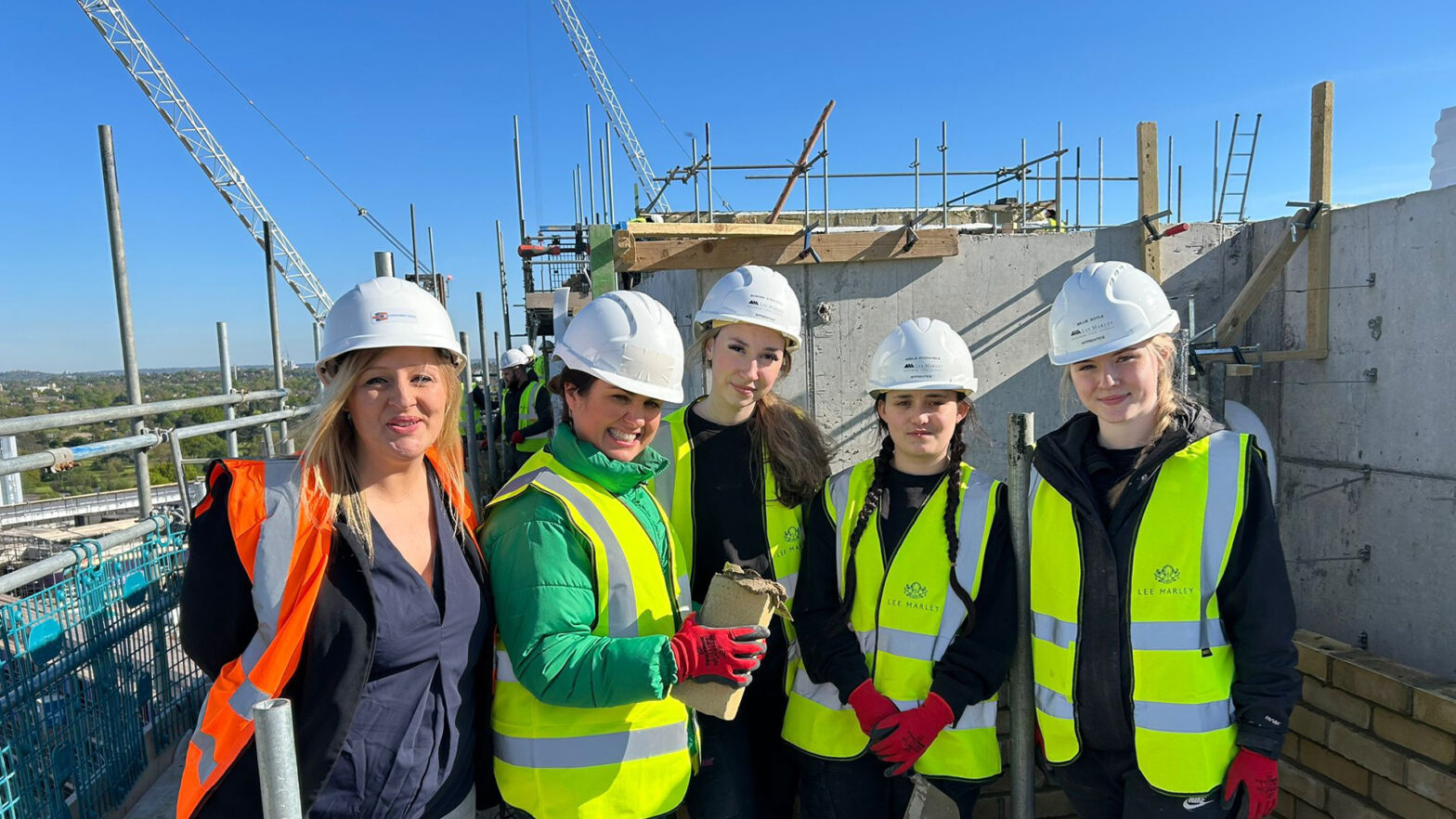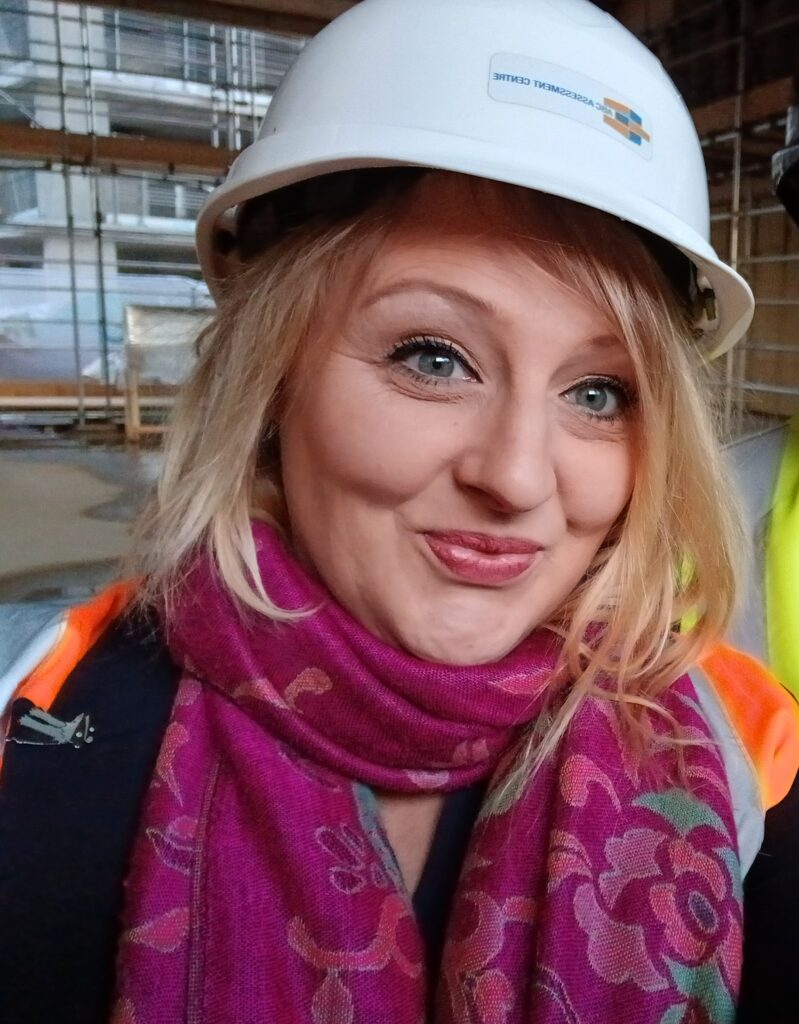
Written by Eve Livett, CEO of The Association of Brickwork Contractors
In recent years, the construction and engineering sectors have witnessed a remarkable surge in the number of young women undertaking apprenticeships – a staggering 366% increase, to be precise. This statistic represents a significant shift in the traditionally male-dominated landscape of these industries. However, despite this encouraging trend, women still constitute a mere 15% of the current workforce. This disparity highlights the persistent challenges and stigma that continue to impede gender diversity in bricklaying. In the traditionally male-dominated field of construction, diversity isn’t just beneficial; it’s essential in fact for the long-term success and sustainability of the industry.
Studies have consistently shown that construction sites with gender-diverse teams are more productive. This isn’t merely a statistical anomaly; it reflects the diverse perspectives and problem-solving approaches that women uniquely contribute. Diverse teams are inherently more resilient and adaptable too, capable of navigating the complexities of projects with agility. By embracing diversity, the industry can build stronger teams that draw on a broader range of skills, experiences and perspectives. These teams are better equipped to innovate, problem-solve, and collaborate effectively.
In addition to this, promoting diversity and inclusivity in the construction industry also helps to address the skills shortage by widening the talent pool. It encourages a more inclusive culture where everyone, regardless of gender, feels valued and respected. This not only boosts morale but also enhances employee retention and attracts new talent to the sector. When employees feel recognised and supported, they are more likely to remain committed to their roles and contribute effectively to a company’s success.
To effect real change, it’s vital to move away from the outdated stigma and embrace diversity wholeheartedly. This entails not only fostering a culture of inclusivity within construction companies but also investing in recruitment strategies that actively seek out and welcome women into the workforce. We need to see more companies invest in targeted outreach programmes, apprenticeships, and mentorship opportunities specifically tailored for women. Creating supportive and inclusive work environments is key to retaining women in construction careers too. Providing ongoing training, professional development, and pathways for career advancement are essential components of fostering a more diverse and thriving workforce.
Changing perceptions about women in construction requires a concerted effort from all stakeholders including industry leaders, educators and society at large. By challenging stereotypes and showcasing the achievements of women already making waves in the sector, we can inspire the next generation of female talent to pursue careers in bricklaying and other roles in construction, not just the trades. We must work harder to highlight the diverse roles and progression opportunities available within the industry in order to dispel the myths.





























